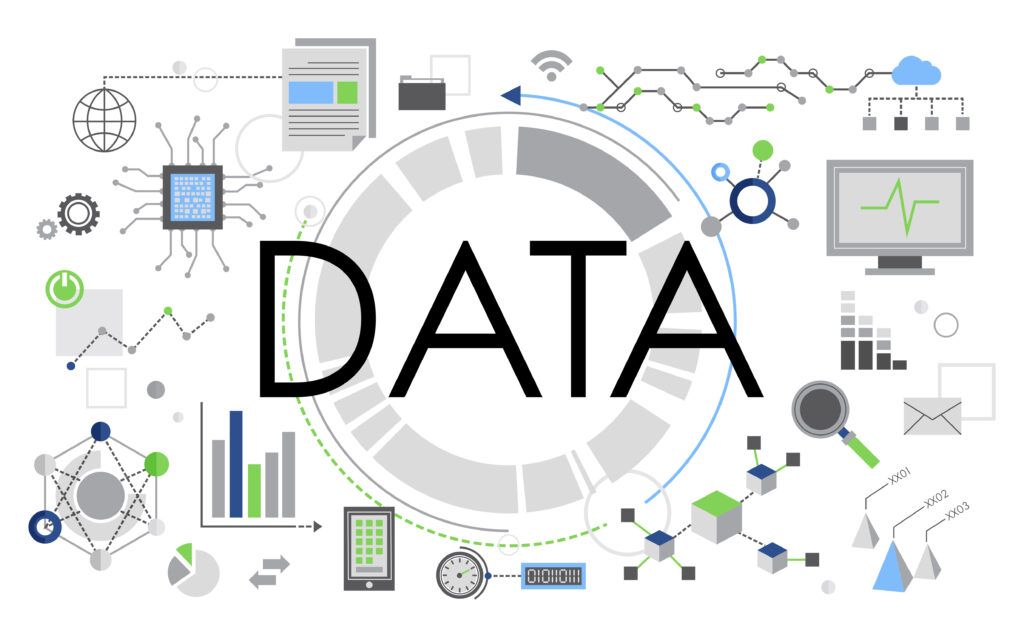In the rapidly evolving landscape of modern business, data has become an invaluable asset. From enhancing decision-making processes to improving operational efficiency, data plays a pivotal role. However, raw data is often complex and unstructured, necessitating its transformation into a more useful and understandable format. This is the place where data transformation tools come into play. In this guide, we will explore the essential aspects of selecting the right data transformation tool for your business needs.
Table of Contents
Introduction
In the realm of data-driven decision-making, the quality of insights is only as good as the quality of the data being analyzed. Raw data often requires transformation to ensure its accuracy, completeness, and relevance. Data transformation involves processes like cleaning, structuring, and aggregating data, ultimately turning it into a more usable format.
Key Considerations for Choosing a Data Transformation Tool
Selecting the right data transformation tool involves a comprehensive evaluation of several key factors:
Compatibility with Data Sources
An ideal data transformation tool should seamlessly integrate with a variety of data sources, including databases, cloud storage, and third-party applications. Compatibility ensures that the tool can handle data from multiple sources, creating a unified and comprehensive dataset.
Transformation Flexibility and Complexity
Different business scenarios demand varying levels of data transformation complexity. The chosen tool should offer a wide range of transformation functions, from simple data cleaning to complex transformations involving calculations and merging of datasets.
Scalability and Performance
As your work grows, so does the volume of data. The selected tool should be capable of handling large datasets without compromising on performance. Scalability ensures that data transformation processes remain efficient even as data volume increases.

User-Friendliness and Learning Curve
User adoption is crucial for any technology implementation. Opt for a tool with an intuitive interface and minimal learning curve. This empowers your team to utilize the tool effectively without extensive training.
Types of Data Transformation Tools
There are several types of data transformation tools available, each catering to specific needs:
ETL (Extract, Transform, Load) Tools
ETL tools are designed for batch processing and are suitable for large-scale data integration projects. They extract data from various sources, apply transformations, and load it into a target destination.
Data Wrangling and Preparation Tools
These tools focus on data exploration, cleaning, and transformation at a granular level. They are ideal for scenarios where data needs to be prepared for analysis quickly.
Self-Service Data Preparation Tools
These tools empower business users to perform basic data transformations without extensive IT involvement. They offer a balance between usability and control.
Factors Affecting Tool Selection
The following factors would guide your decision-making process:
Business Requirements and Use Cases
Identify your specific data transformation needs. Consider the types of transformations required and how frequently they will be performed.
Budgetary Constraints
Set a clear budget for the tool acquisition and implementation. Factor in costs associated with training, maintenance, and potential upgrades.
Integration with Existing Systems
Ensure that the chosen tool can integrate seamlessly with your existing technology stack, including analytics and reporting tools.
Data Security and Compliance
Data security and compliance are paramount. Choose a tool that adheres to relevant data protection regulations and offers robust security features.
Making an Informed Decision
To make the right choice:
- Conduct Proof of Concept (PoC) Trials: Test the shortlisted tools with real-world data to assess their performance in your specific use cases.
- Gather User Feedback: Involve potential users in the evaluation process to understand usability and address any concerns.
- Consider Future Growth: Choose a tool that can evolve with your business and accommodate future data transformation requirements.
Conclusion
Choosing the right data transformation tool is pivotal for harnessing the true potential of your data. By considering compatibility, flexibility, scalability, and user-friendliness, you can empower your business with accurate insights and streamlined operations.
FAQs
Q1: What is the primary goal of data transformation?
A: Data transformation aims to convert raw data into a more usable and understandable format for analysis and decision-making.
Q2: Are self-service data preparation tools suitable for enterprises?
A: Yes, self-service tools strike a balance between usability and control, making them suitable for businesses of various sizes.
Q3: How can I ensure data security while using data transformation tools?
A: Choose tools that adhere to data protection regulations and offer robust security features like encryption and access controls.
Q4: Can I integrate data transformation tools with my existing analytics platform?
A: Yes, it’s important to choose a tool that seamlessly integrates with your current technology stack to ensure smooth data flow.

1 thought on “A Guide to Choosing the Right Data Transformation Tool for Your Business”
Comments are closed.